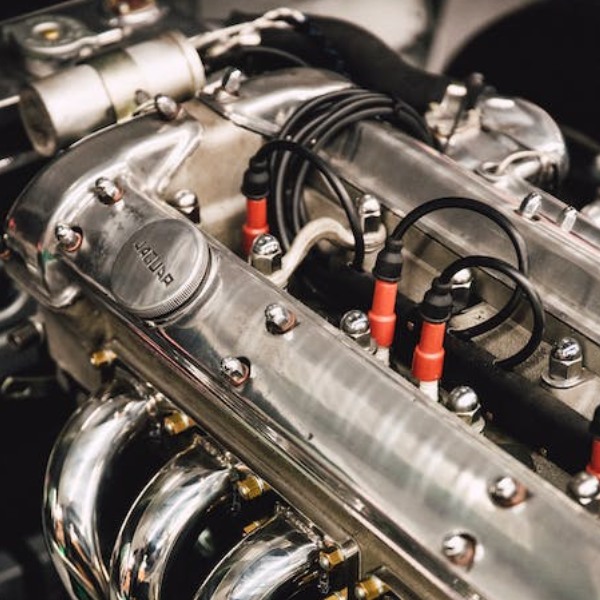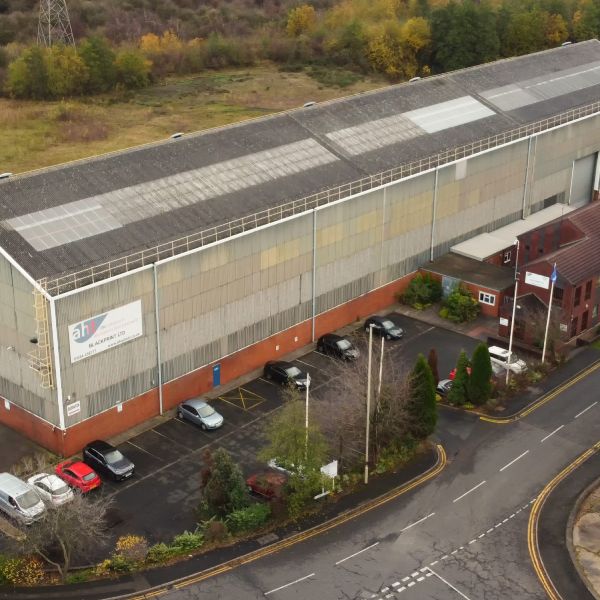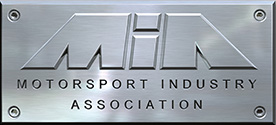Engineering
We specialise in the strengthening and toughening of integral components in big engineering projects. We’ve heat treated manifolds for diesel engines in the marine sector, as well as parts for the particle accelerator at CERN and also optimised the hardness and durability of components used in the medical industry.
Alloy & Aluminium Heat Treatment For The Engineering Sector:
In the ever-evolving field of engineering, precision, reliability, and durability are essential for success. Heat treatment plays a crucial role in enhancing the mechanical properties of various materials, making it an indispensable process in the engineering sector.
Heat Treatment for the Engineering Sector
Heat treatment processes like quenching, precipitation and tempering are widely employed to strengthen and toughen materials used in engineering applications. By subjecting materials such as aluminium, ferrous and other non-ferrous alloys to controlled heating and cooling, their microstructure is modified, resulting in improved strength and toughness. Many heat-treated materials can withstand heavy loads, high temperatures, and extreme operating conditions, making them ideal for critical engineering components that require superior mechanical properties.

Heat Treated Engineering Components
Examples of products heat treated for the general engineering sector include fastenings, particle accelerator (CERN) parts, manifolds for diesel engines in the marine sector, medical parts such as wheel chair frames, various tubular fabrications etc…
Enhancing Wear Resistance
In many engineering applications, wear and abrasion pose significant challenges. Heat treatment methods like case hardening and nitriding are utilized to improve the wear resistance of materials. These processes create a hard, wear-resistant surface layer while maintaining a ductile core. Heat-treated materials exhibit reduced friction, minimized surface deformation, and enhanced resistance to wear and erosion, ensuring longevity and reliability in components such as gears, bearings, and cutting tools.
Optimising Hardness
The hardness of materials greatly influences their performance in engineering applications. Heat treatment techniques, such as temper hardening and precipitation hardening are employed to optimize the hardness of materials according to specific requirements. By carefully controlling the heating and cooling process, materials can achieve the desired hardness level, ensuring they can withstand compressive forces, resist deformation, and maintain their shape under load. Heat-treated materials provide excellent structural integrity and dimensional stability, enhancing the reliability and efficiency of engineering components.
Enhancing Performance of Critical Components
Heat treatment plays a vital role in optimizing the performance of various critical components used in engineering. Whether it’s gears, shafts, springs, or structural elements, heat treatment processes ensure the components possess the necessary mechanical properties to withstand demanding operating conditions. Heat-treated components exhibit improved strength, hardness, wear resistance, and fatigue strength, leading to enhanced performance, increased reliability, and extended lifespan of engineering systems.
Meeting Engineering Industry Standards and Specifications
In the engineering sector, adherence to industry standards and specifications is crucial. Heat treatment processes must meet specific requirements to ensure consistent quality and reliability. Various industry standards, such as AMS and ASTM standards, outline the guidelines for heat treatment processes, ensuring that engineering companies deliver products that meet or exceed industry benchmarks. By adhering to these standards, engineering companies can confidently provide heat-treated components that meet the highest quality standards.
Professional Heat Treatment Services For The Engineering Sector
We work closely with a wide range of clients at the forefront of advanced engineering, delivering a comprehensive technical service and unrivalled heat treatment.
We provide services such as metal degreasing, dye-penetrant flaw detection, solution treatment, hardness testing, mechanical setting and shotblasting that provide an all-round one-stop-shop in terms of getting the correct material properties for your engineering components made from metals and alloys.
Considering ourselves as an extension of our clients business, we are able to offer guidance on material selection, overcoming potential obstacles within the material design process. We work directly with manufacturers or general machinists within any point of the supply chain.
We also offer a dedicated service specialising in temper conversion for aluminium stockholders, enabling maximum utilisation of existing stock.
Engineering Heat Treatment FAQ’s
Alloy heat treatment in engineering involves controlled heating and cooling processes to enhance the mechanical properties of specific components and parts.
Components such as heavy artillery gun assemblies, power generation parts, and formers for injection moulds are commonly subjected to heat treatment in engineering.
Heavy artillery gun assemblies are typically made from high-end aluminium 7xxx wrought alloys.
These alloys offer excellent strength and are suitable for applications requiring high performance and durability.
Power generation parts and formers are typically manufactured from 356 or A356 aluminium casting alloys.
Solution annealing helps dissolve any precipitates or microstructural defects in the alloy, preparing it for further strengthening.
Quenching rapidly cools the alloy, locking in the desired microstructure and preventing it from returning to its original state.
Age hardening involves reheating quenched alloy parts, to promote the formation of stable precipitates, increasing its strength and hardness.
Engineering components can vary, but they are often either one-offs or manufactured in small batches due to the custom nature of many engineering projects.
Casting alloys are typically used for components that are cast from molten metal, while raw wrought products are materials that have been mechanically shaped, such as through forging or extrusion.








